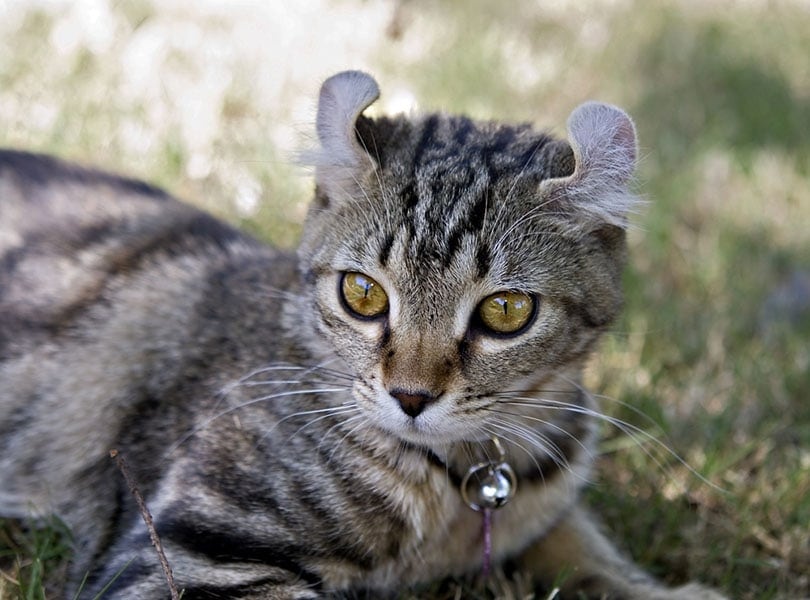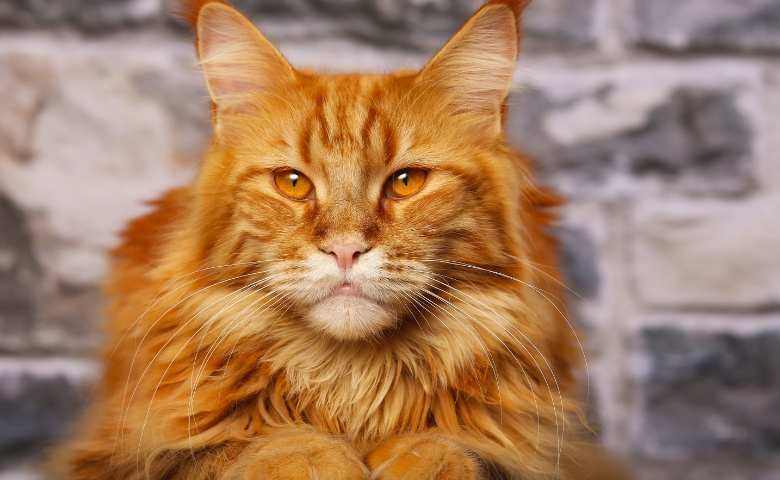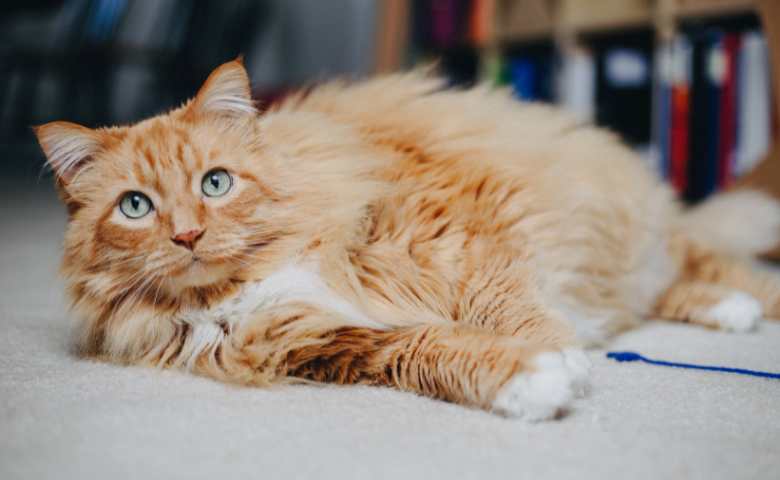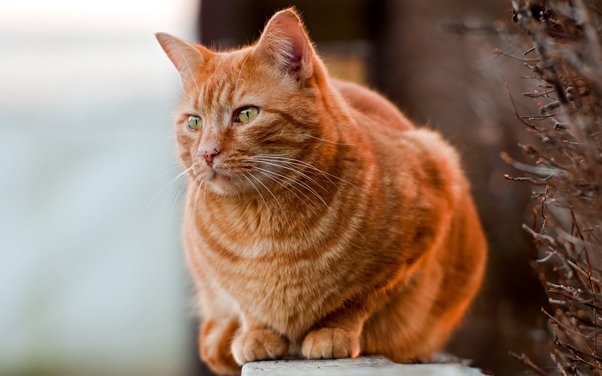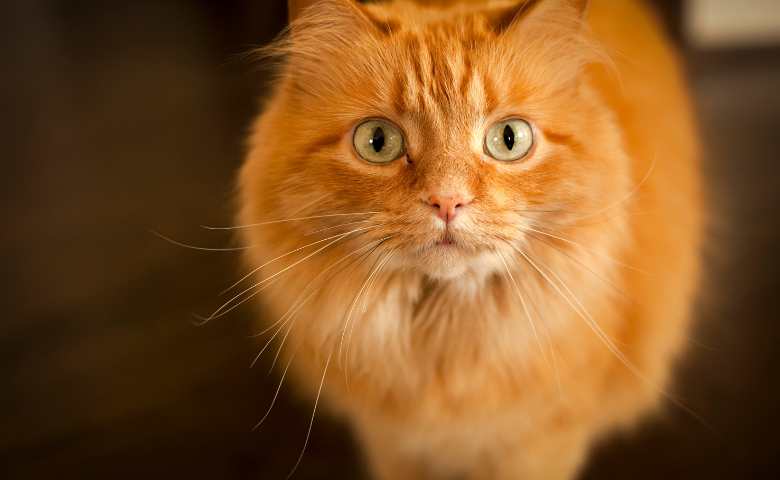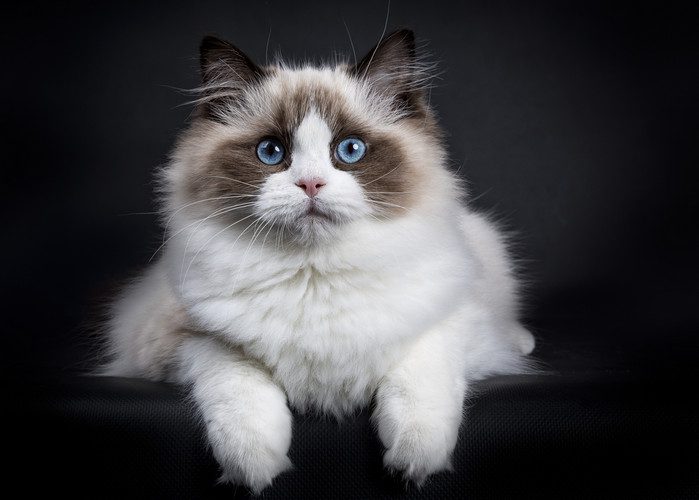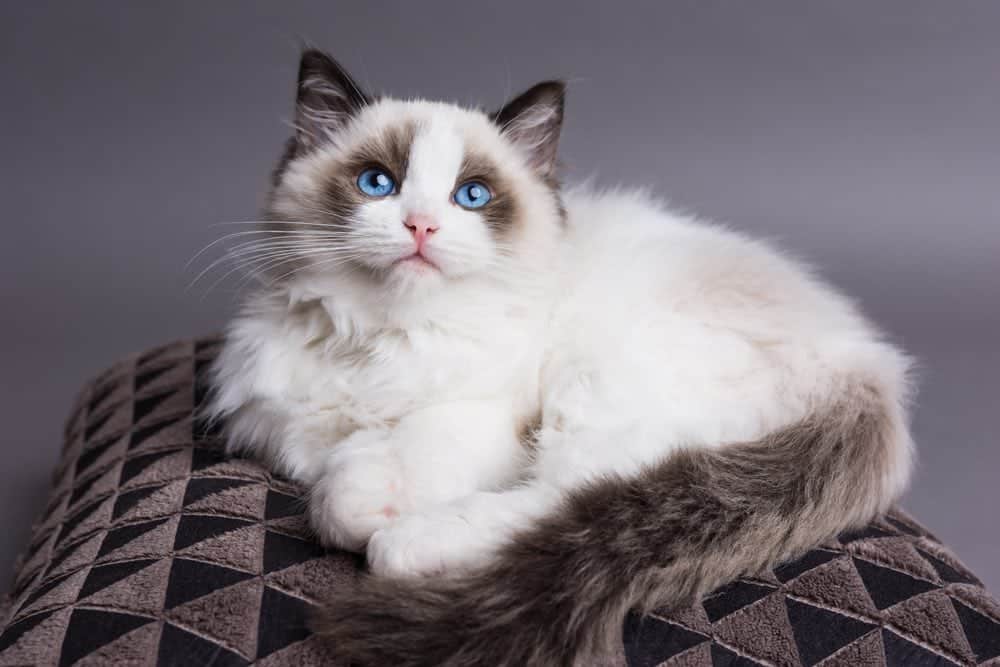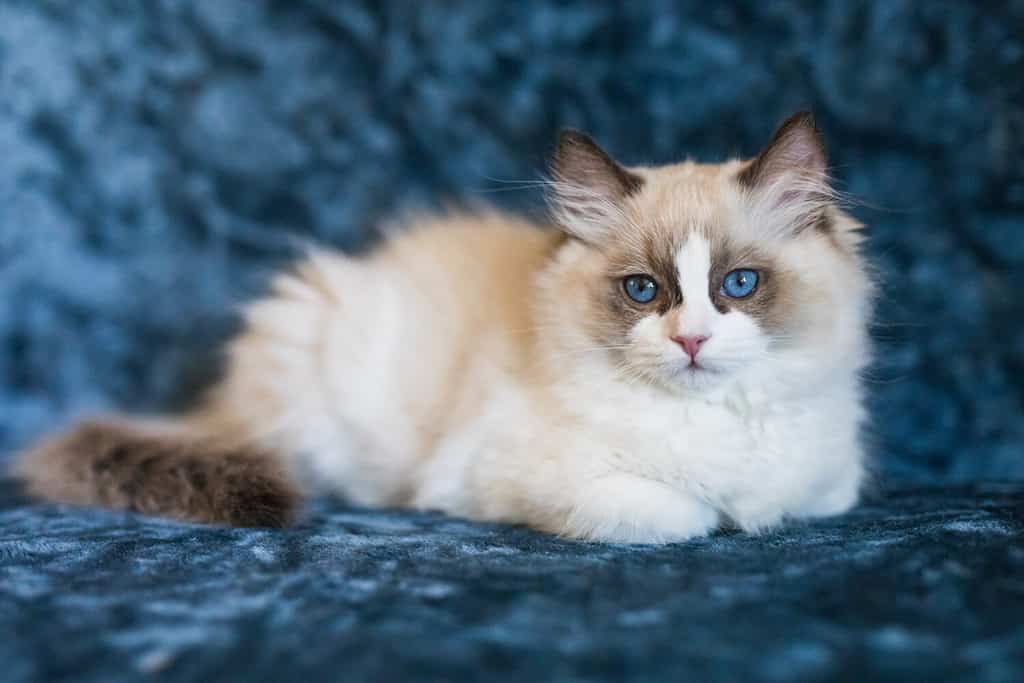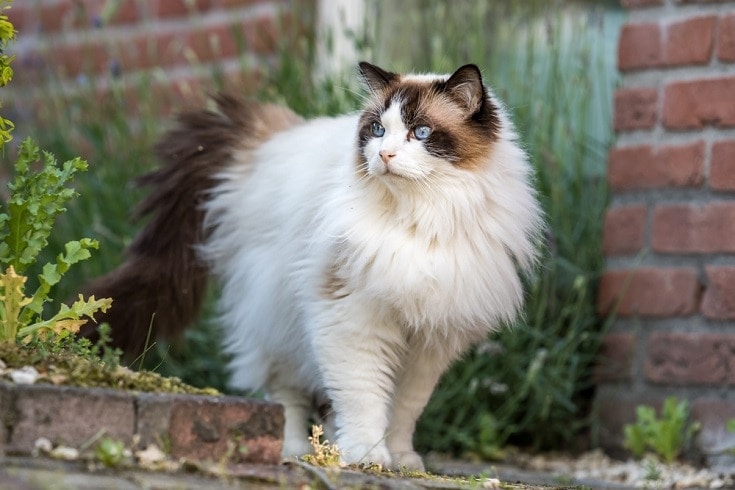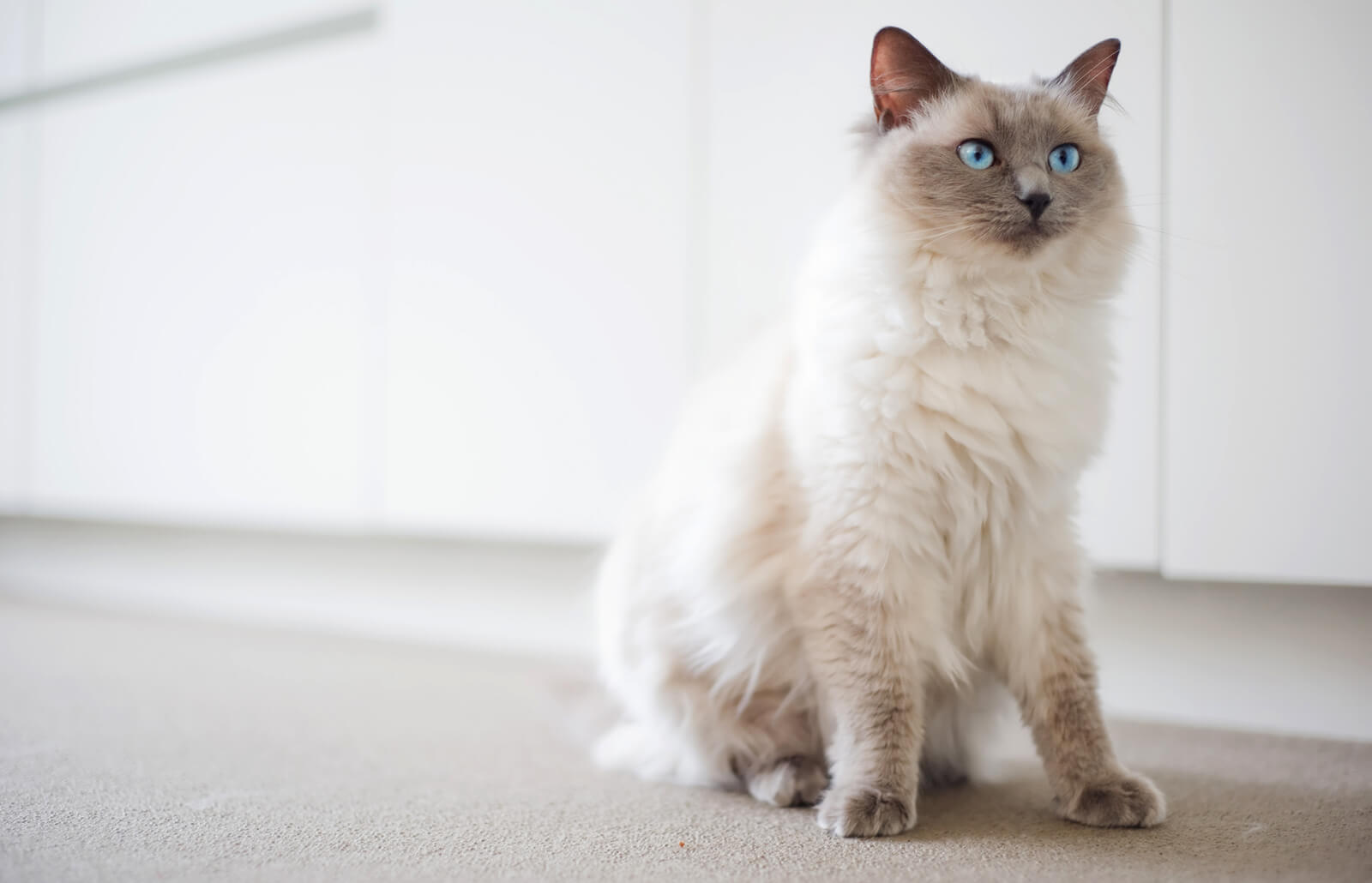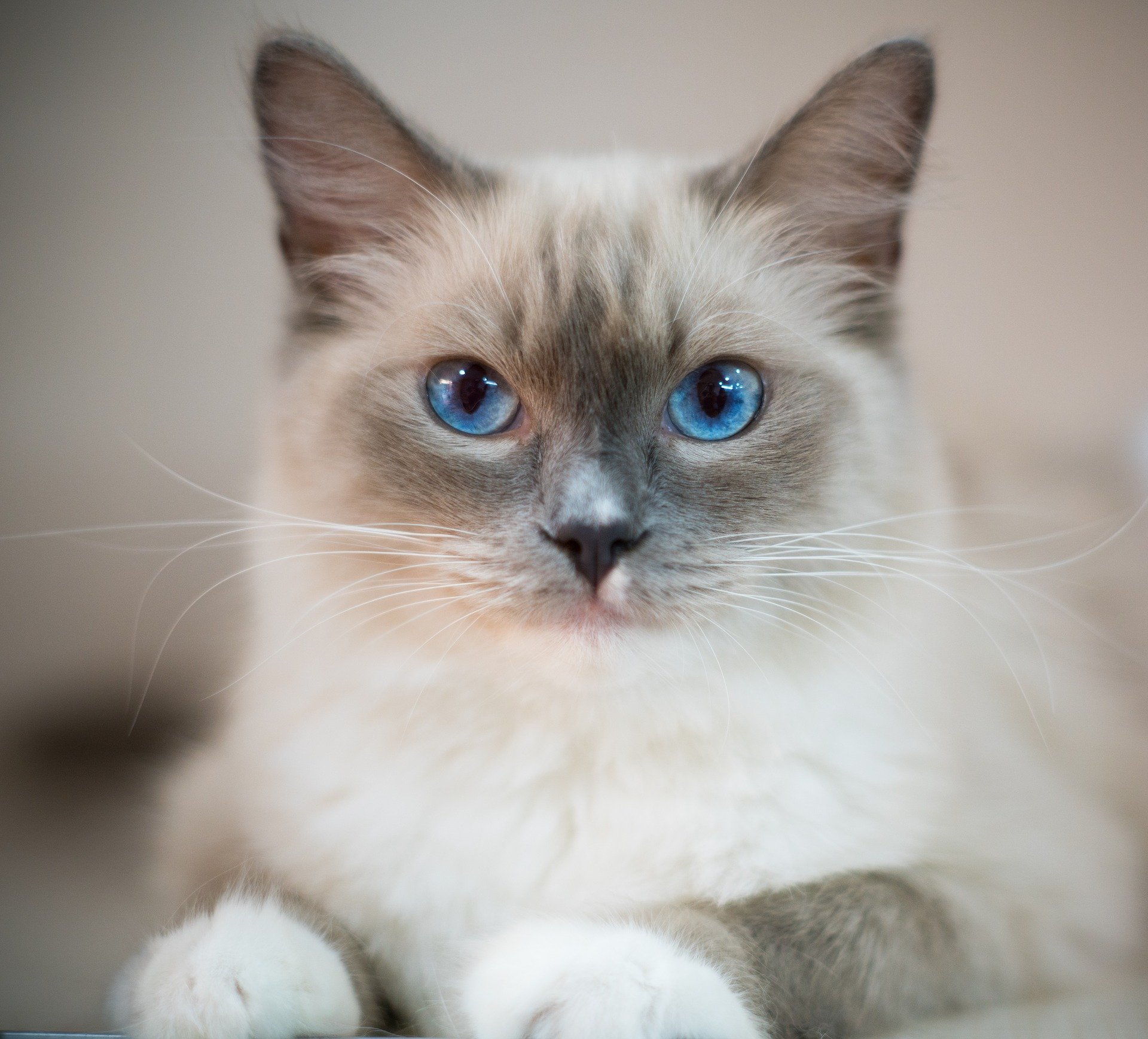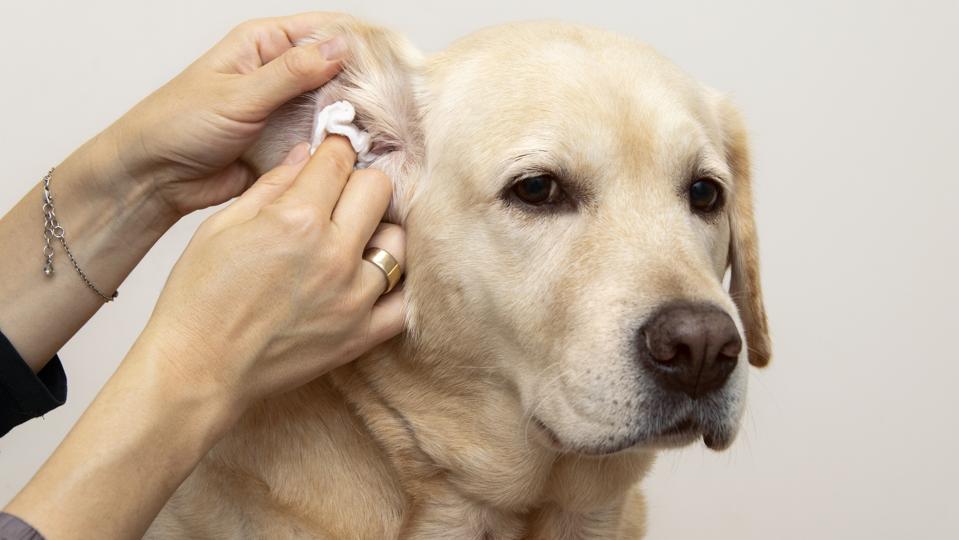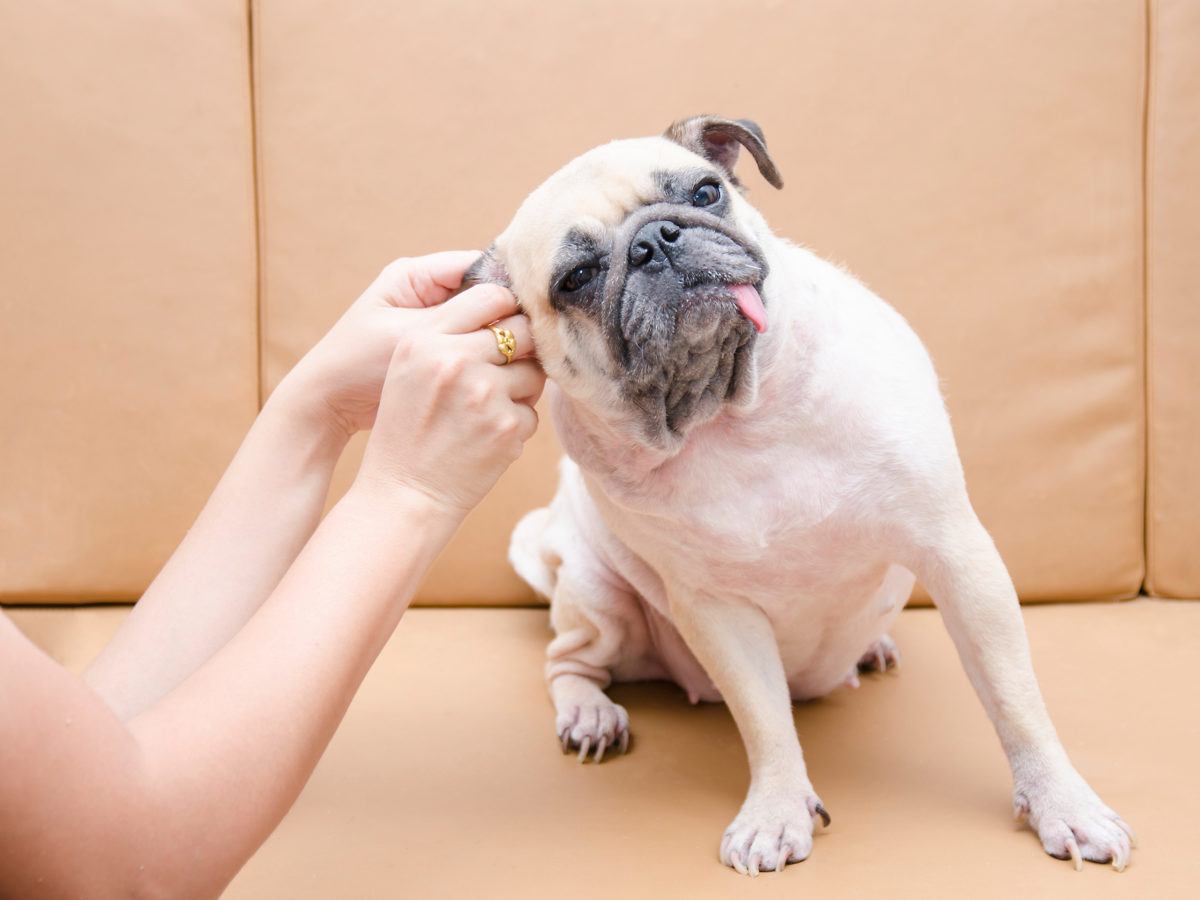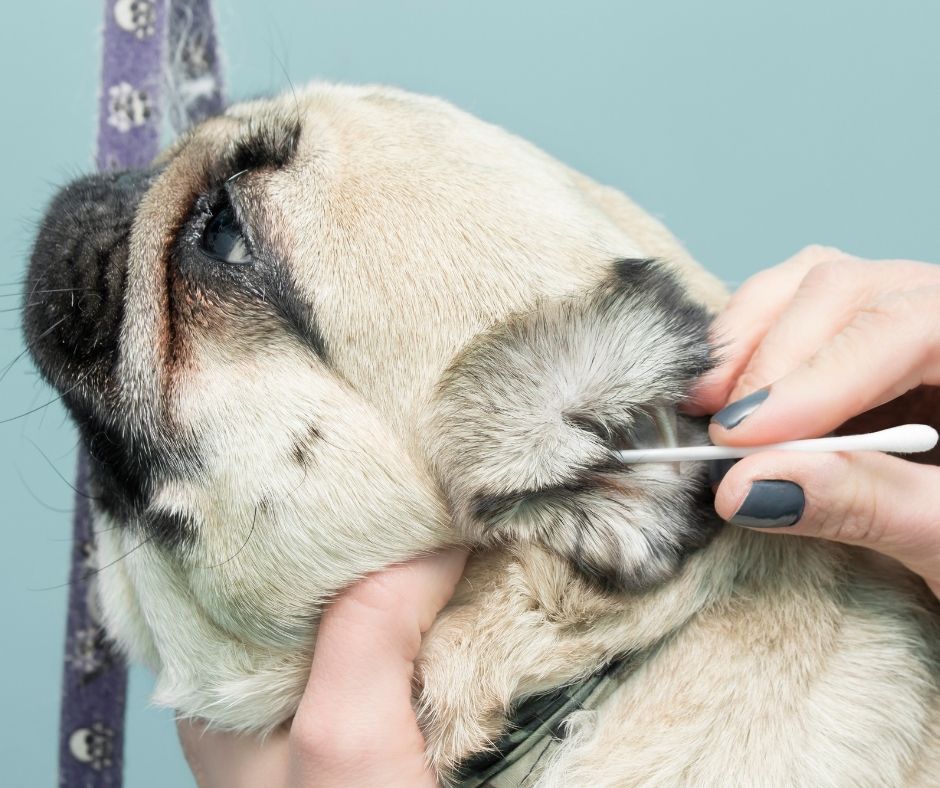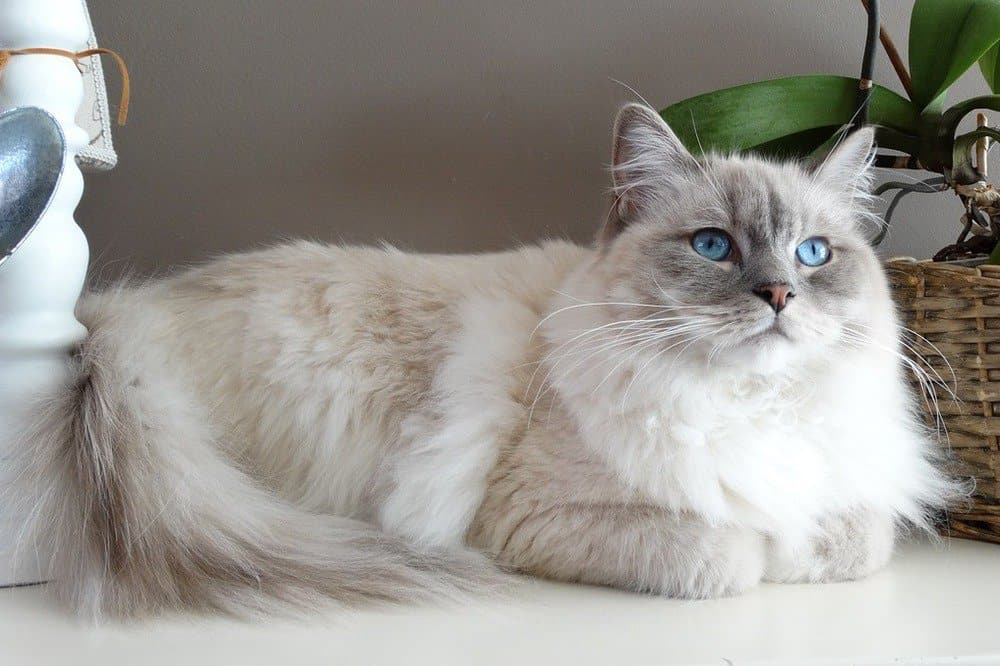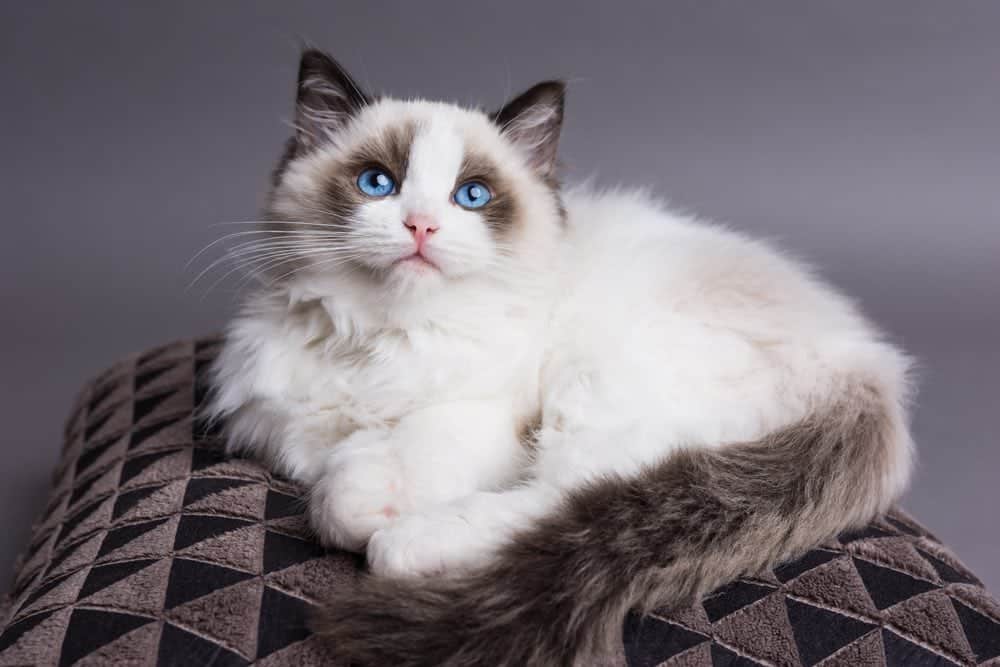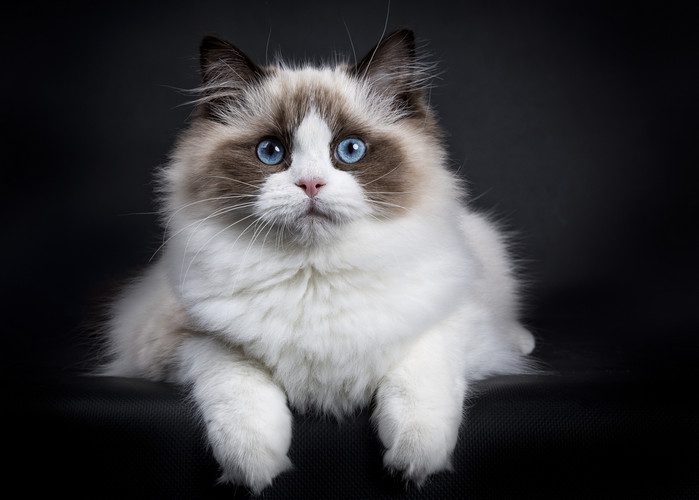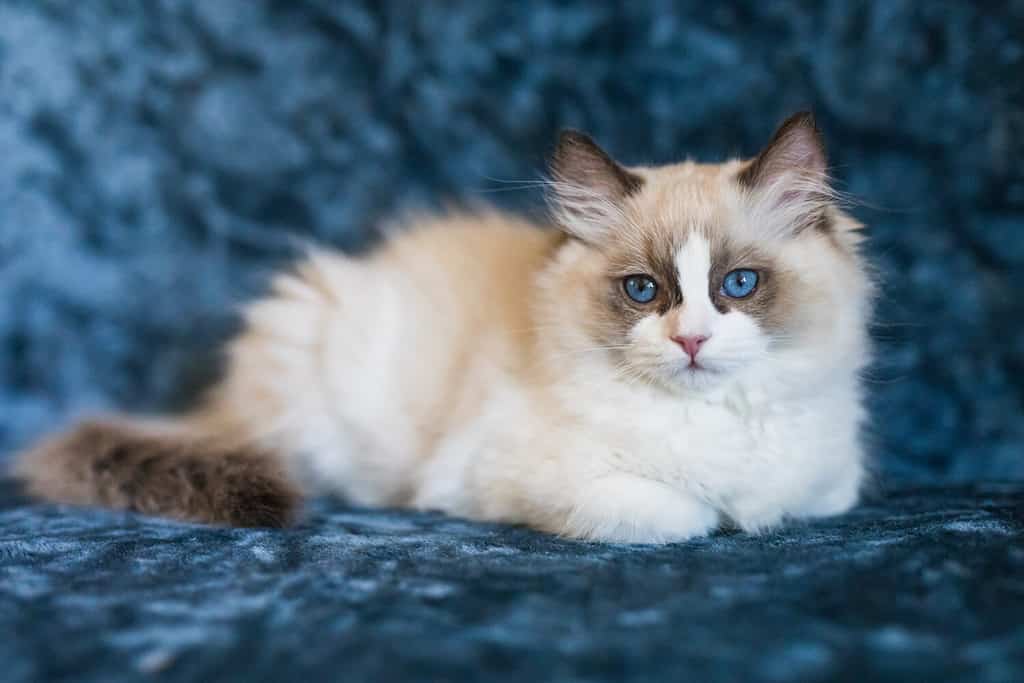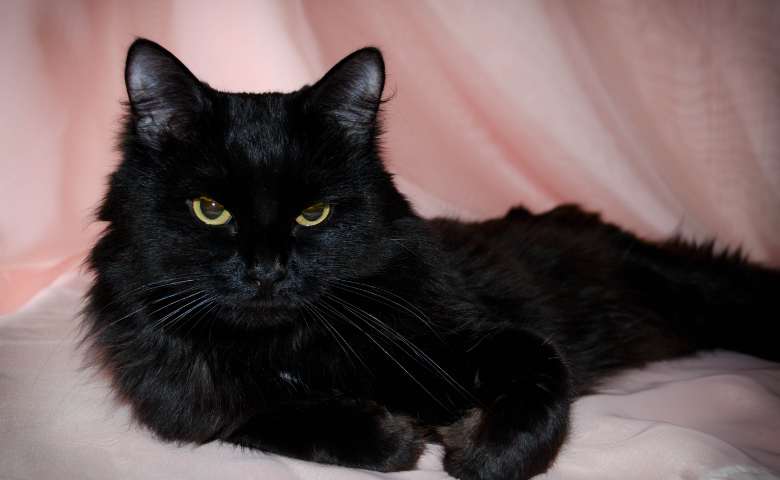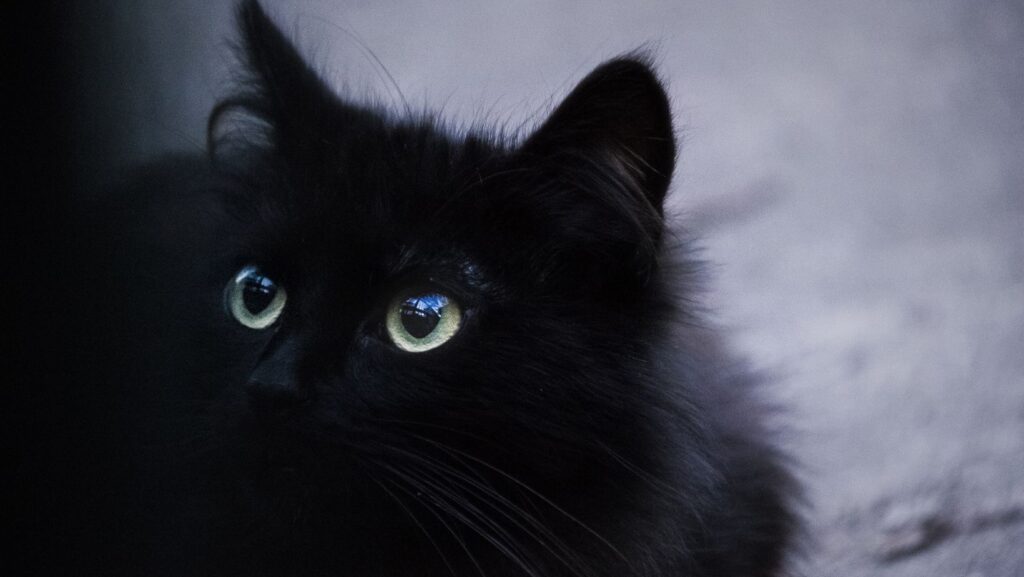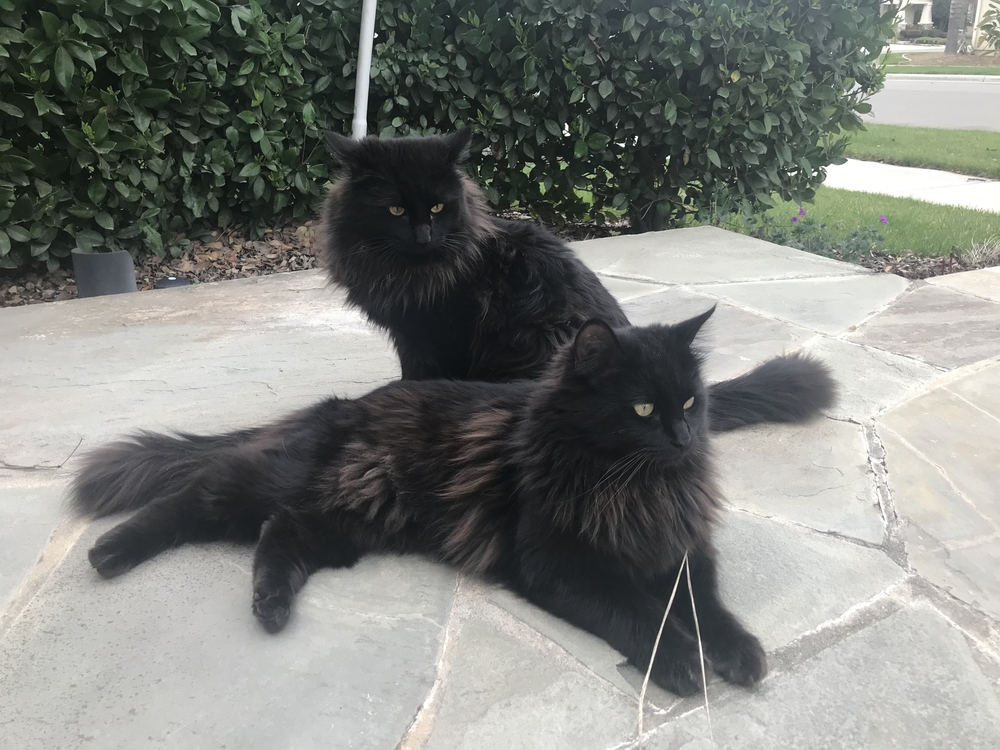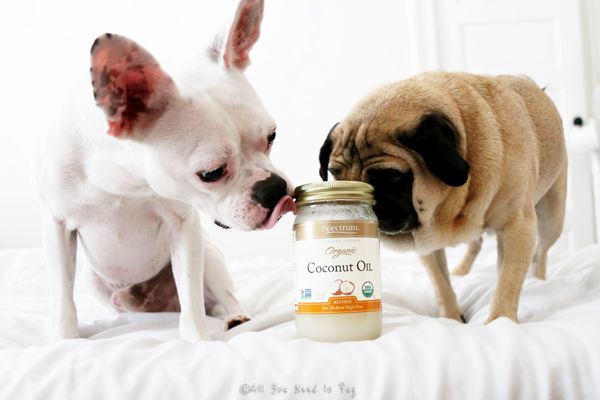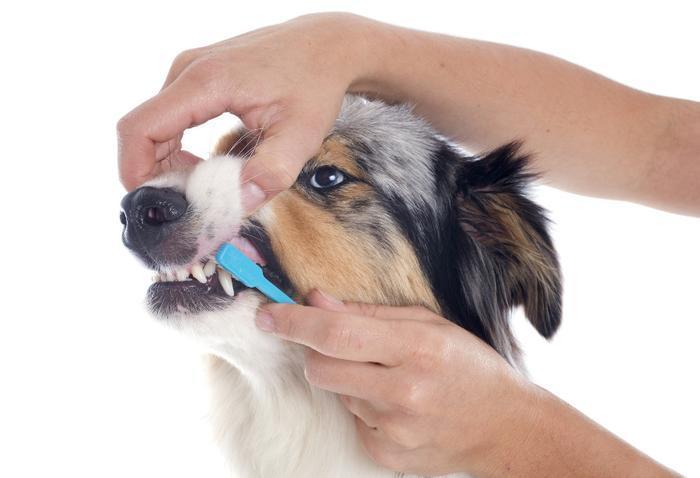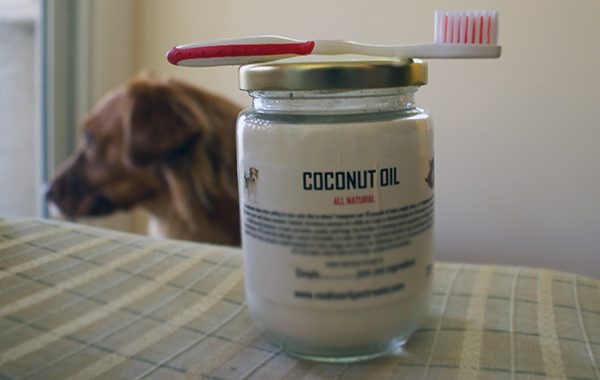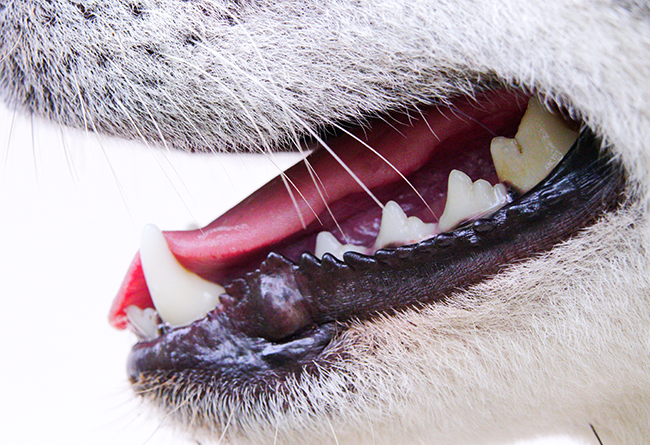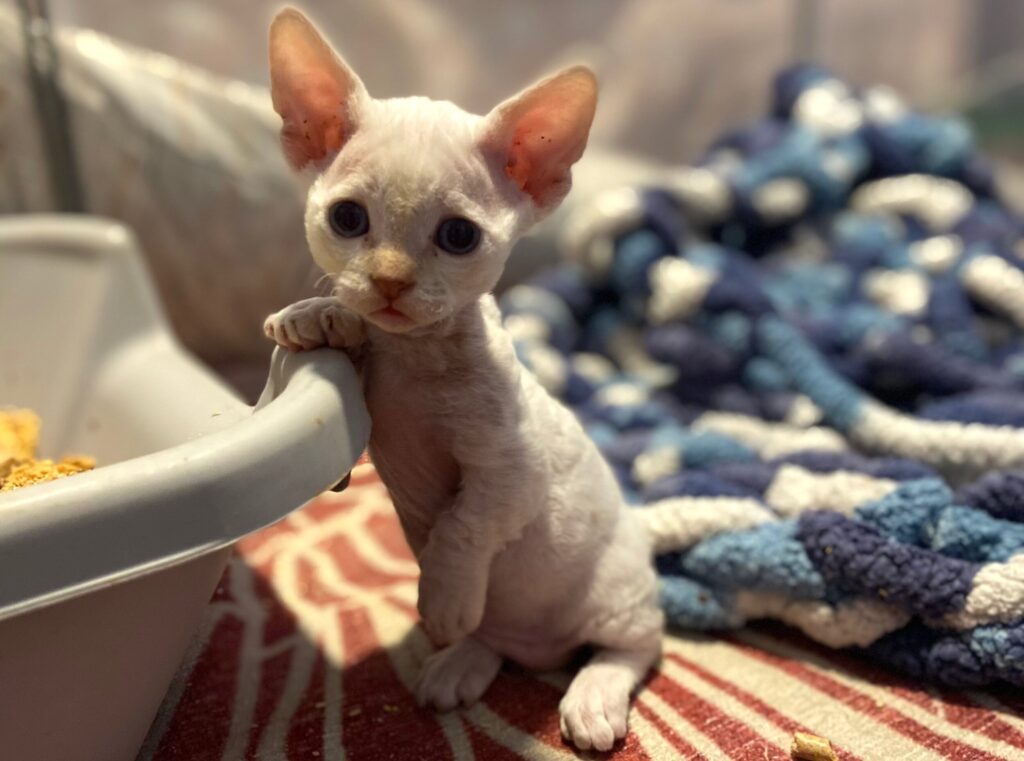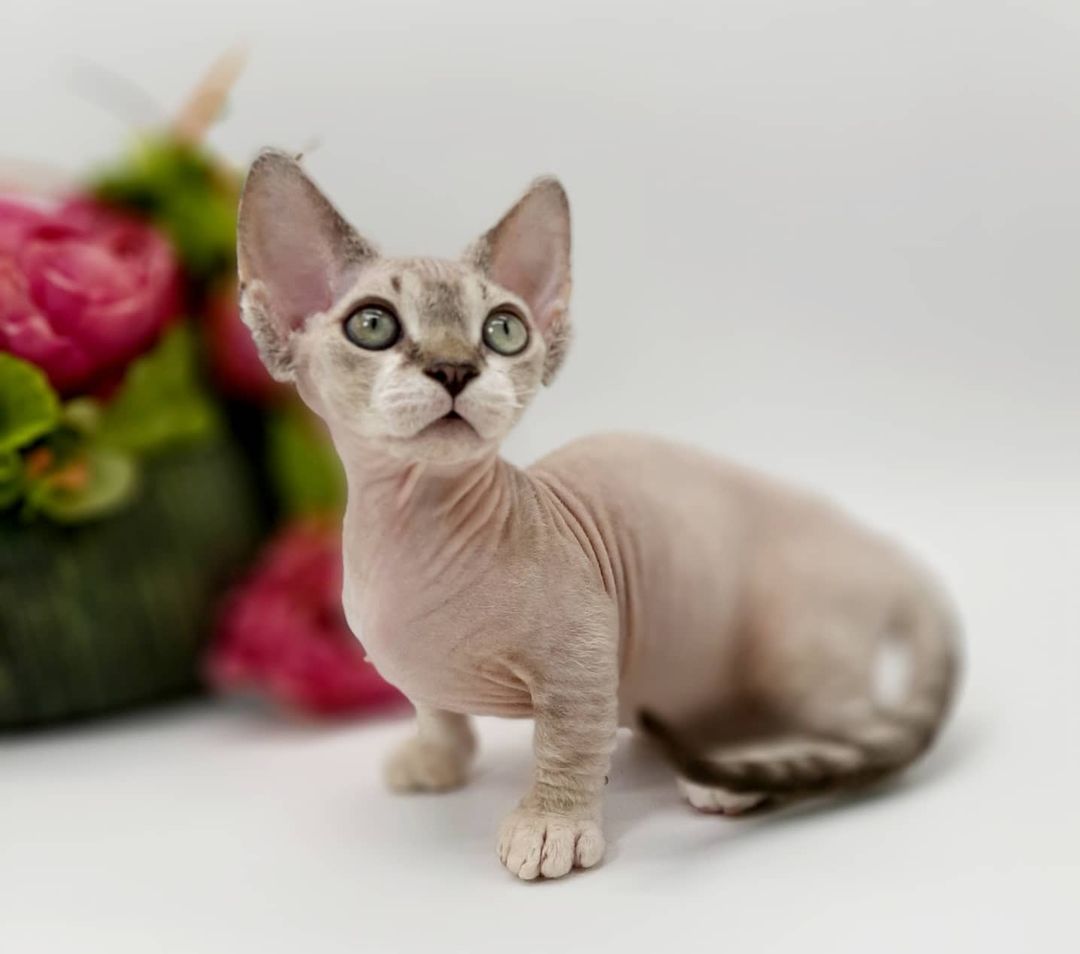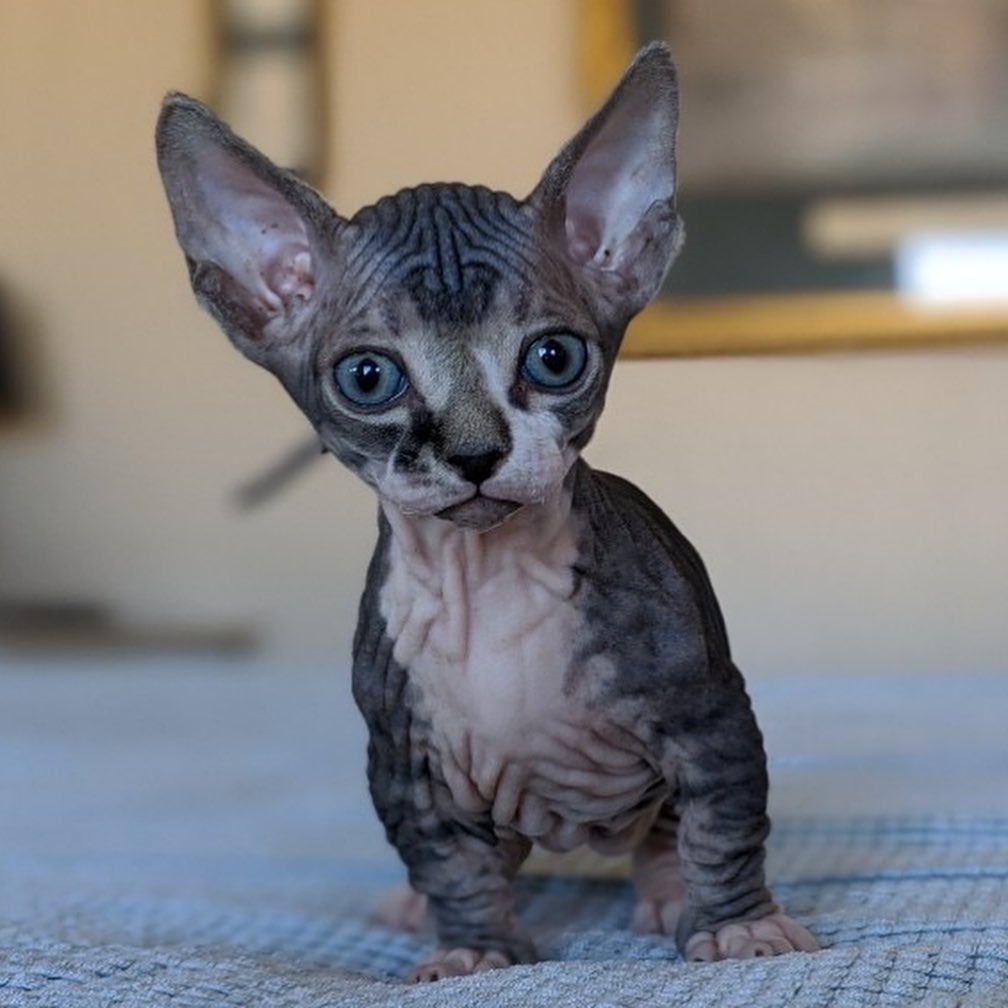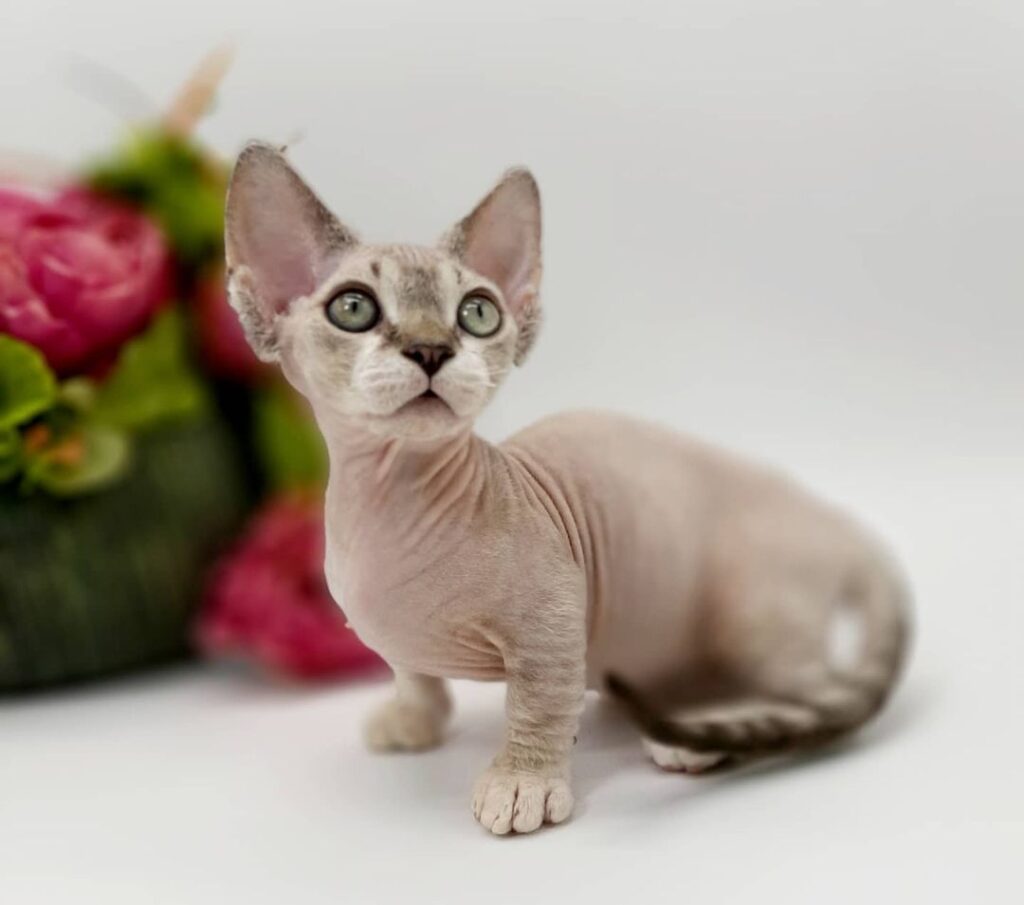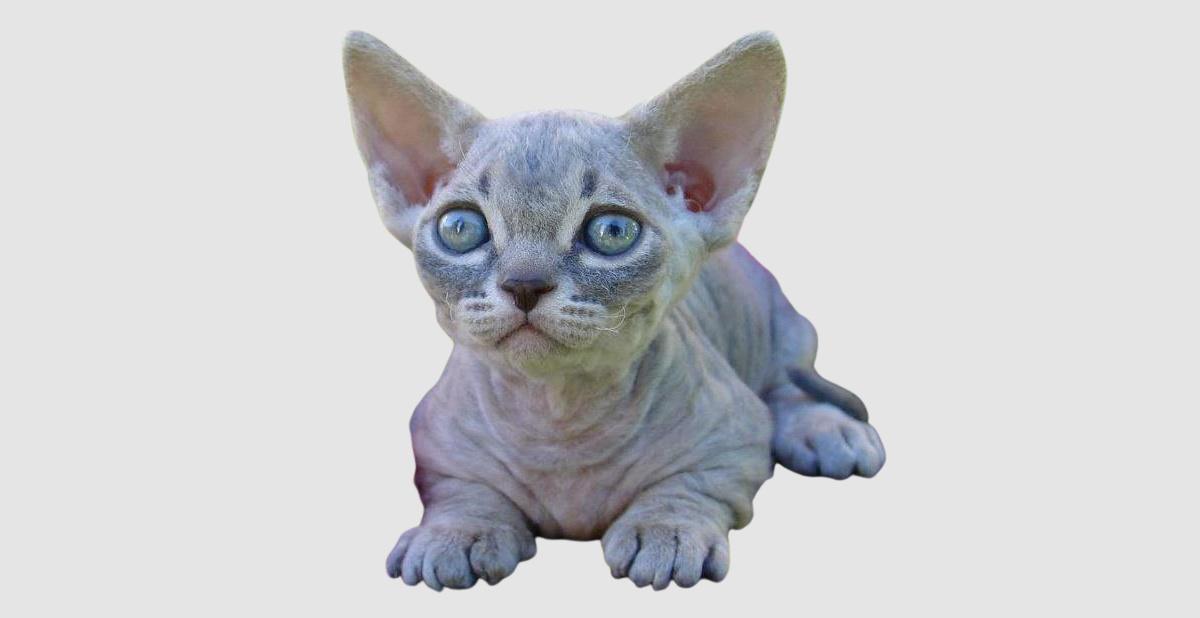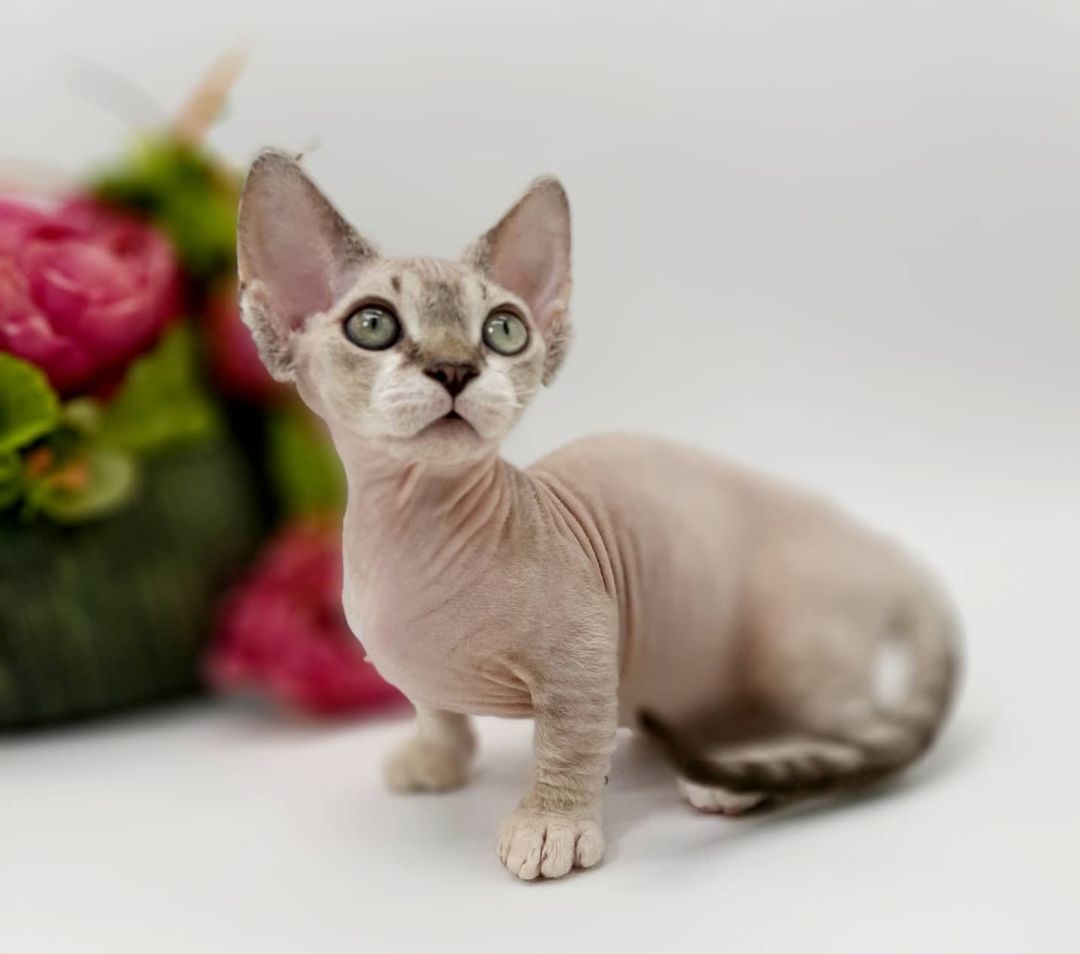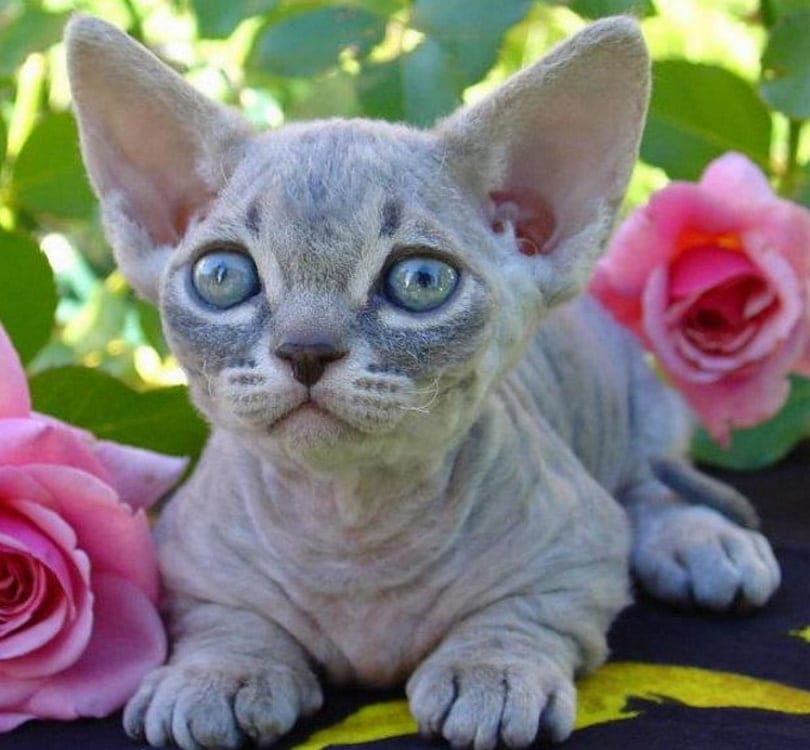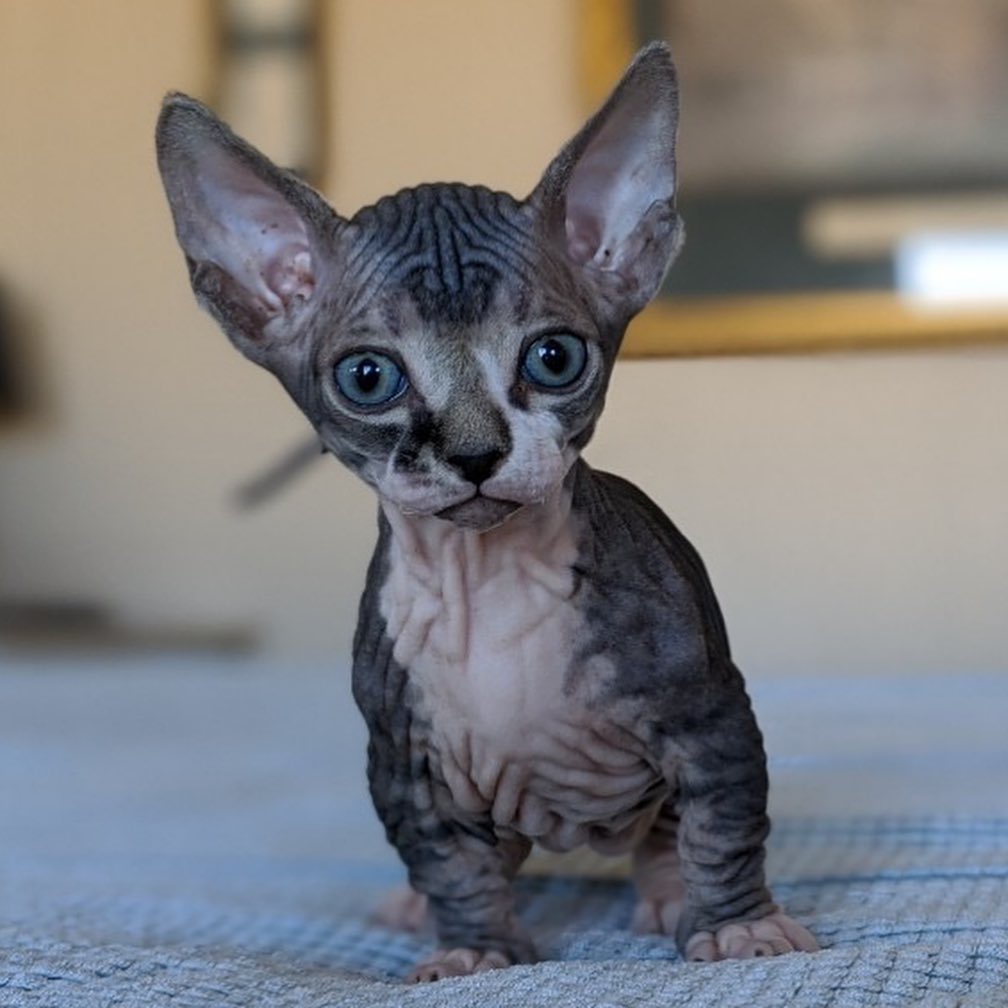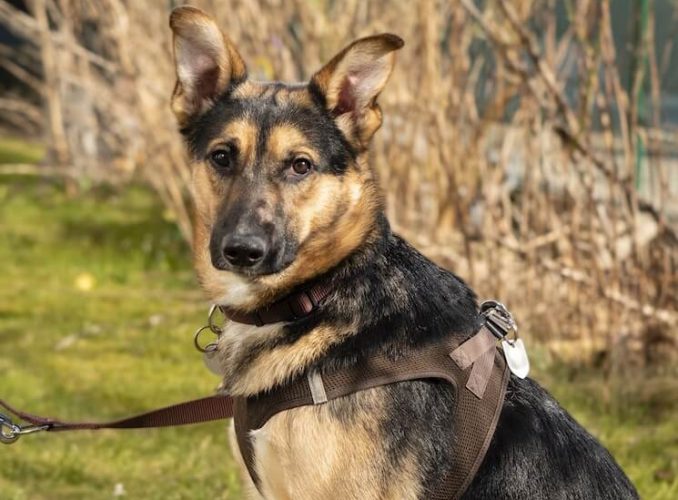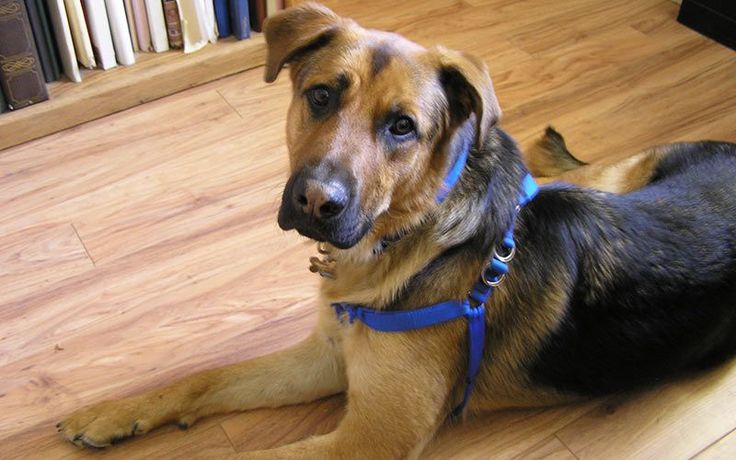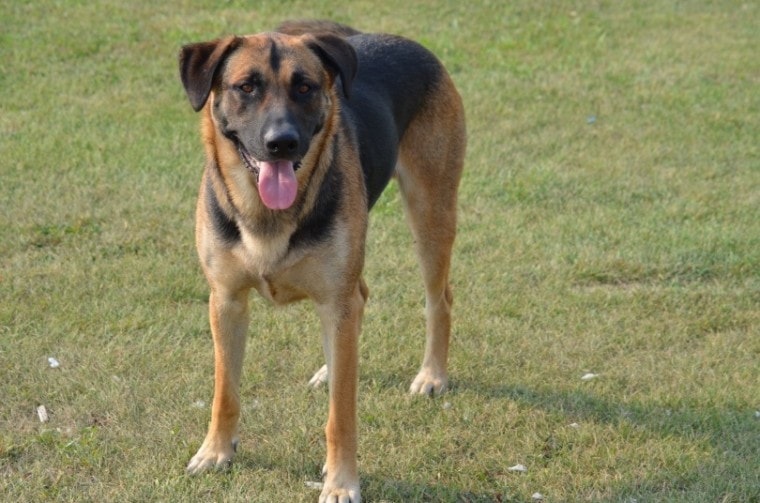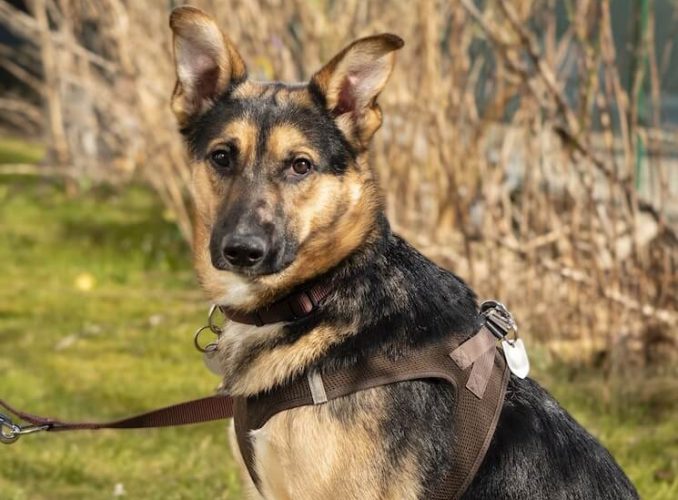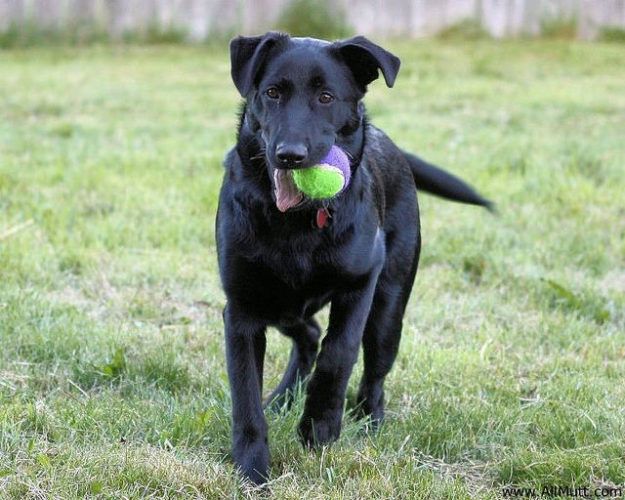Navigating the Enigmatic Realm of Highlander Cat Price
the Highlander cat stands as a symbol of regal grace and exotic allure. Known for its distinctive appearance, characterized by curled ears and a wildcat-like visage, the Highlander cat has captured the hearts of cat enthusiasts and pet lovers alike. However, behind the enchanting exterior lies a topic that often sparks curiosity and intrigue – the Highlander Cat price tag associated with these majestic felines.
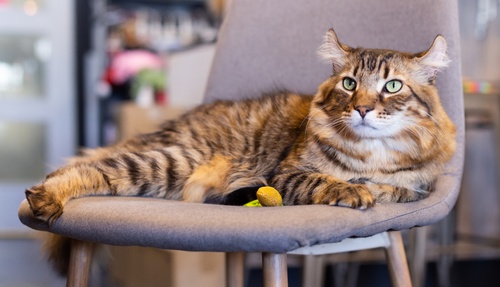
In this exploration, we delve into the realm of Highlander cat price, seeking to demystify the factors that influence their cost and unraveling the nuances of owning one of these extraordinary companions. From the allure of their unique physical traits to the intricacies of their lineage, we embark on a journey to understand the investment involved in bringing a Highlander cat into your home.
Breed Origin and Distinctive Features of Highlander Cat
The Highlander breed traces its roots back to the early 1990s when breeders Joe and Stephanie Ruiz embarked on a mission to create a cat that embodied the wild beauty of lynxes while maintaining a loving and domestic temperament. The foundation breeds for the Highlander include the Desert Lynx, Jungle Curl, and Highland Lynx, each contributing unique traits to the development of the breed.
Distinctive Traits Setting Them Apart
While many cat breeds exhibit distinct features, the Highlander’s combination of curled ears, polydactylism, robust build, and wildcat-like appearance collectively contribute to a breed that stands out even among other exotic feline companions. The intentional focus on preserving these distinctive traits through careful breeding sets the Highlander apart, creating a cat that appeals to those seeking both the elegance of the wild and the companionship of a domestic feline.
Appearance
One of the most striking features of the Highlander cat is its curled ears, reminiscent of wild lynxes. These curled ears add an exotic touch to their appearance, creating an unmistakable silhouette. Highlander cats often exhibit polydactylism, meaning they have more than the typical number of toes. This unique trait enhances their agility and contributes to their wildcat resemblance.
Highlanders possess a robust and well-muscled physique, reflecting their wild ancestry. Their strong build not only adds to their visual appeal but also enhances their athleticism and agility. Some Highlander cats display a bobbed or shortened tail, adding another layer of distinctiveness to the breed. The variation in tail length contributes to the breed’s individual charm and unique appearance.
With their tufted ears, spotted or marbled coat patterns, and wildcat-like appearance, Highlander cats exude an air of untamed elegance. The intentional breeding to capture the essence of the wild has resulted in a domestic cat with a distinctly exotic flair.
Playful and Sociable Nature
Beyond their physical traits, Highlander cats are known for their friendly and sociable disposition. They tend to form strong bonds with their human companions and often enjoy interactive play, making them delightful additions to households seeking an engaging feline companion.
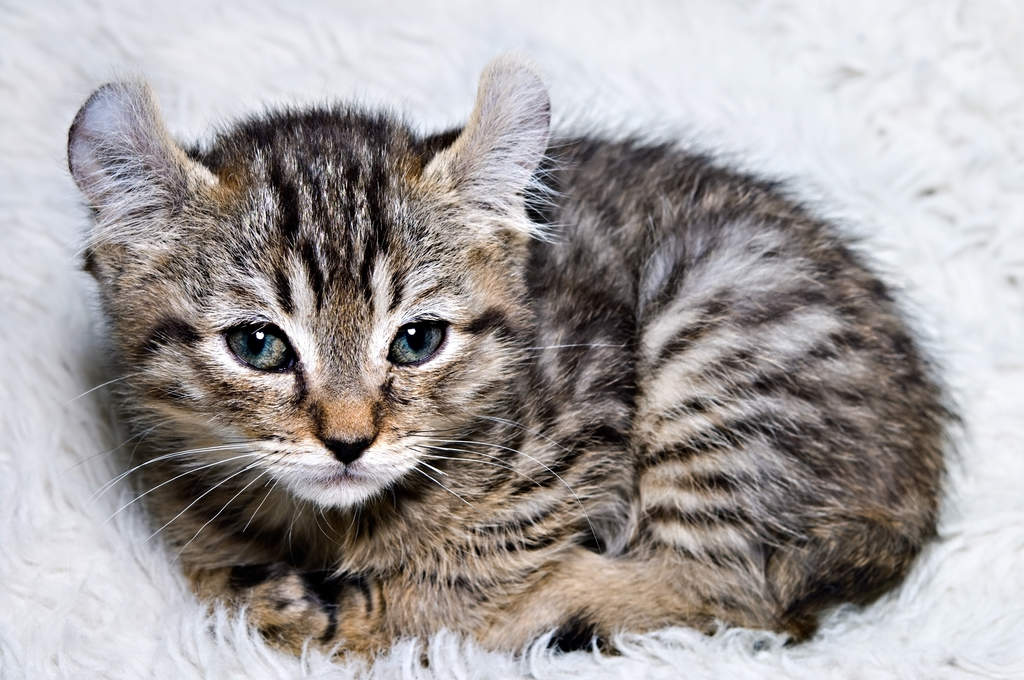
Why Understanding Highlander Cat Price is Important
Understanding the Highlander cat price is a fundamental aspect of responsible pet ownership. It ensures that individuals are well-prepared, make informed choices, and contribute to the overall welfare of these unique and elegant feline companions.
Awareness of Highlander cat price provides insights into market trends and demand. This information can be valuable for both buyers and breeders, helping them navigate the dynamics of the pet market and make informed decisions.
Highlander Cat Price
For Highlander cat price, a licensed breeder will likely charge you about $1,000 for a Highlander kitten, so while they are pricey, they are definitely not at the top of the spectrum. Most purebred kittens are more like $800–$3,000 in price. If you’re lucky enough to save one from your neighborhood shelter, adopting them will probably cost you no more than $300, making it a far more cost-effective option while also saving a life. It’s always preferable to check out the shelter before contacting breeders.
Make sure you work with a respectable breeder who can provide you with the accurate, legitimate paperwork for your Highlander kitten if you are unable to save one. These records ought to be able to attest to the Highlander breed and the health of the litters from which the kitten you are buying is descended.
Keep in mind that a Highlander cat price dosen’t stop when it is purchased. Along with the numerous little things that always seem to find their way into the picture, you also need to budget for food, toys, medical attention, cat trees, carriers, beds, litter boxes, collars, and spaying or neutering.
Factors Influencing Highlander Cat Price
- Rare Coat Patterns and Variations: Highlander cats with rare and unique coat patterns, such as marbling or distinct color variations, often command higher prices. The scarcity and aesthetic appeal of these coat traits contribute to the exclusivity of the cat.
- Exceptional Lineage and Bloodlines: Cats with prestigious lineage and exceptional bloodlines, demonstrating a history of carefully selected breeding to enhance desirable traits, may have higher price tags. The exclusivity of well-documented ancestry can be a significant factor in determining the value of a Highlander cat price.
- Show-Quality Features: Highlander cats that meet or exceed the breed standards set by cat associations and are deemed “show-quality” can be priced higher. Cats with physical attributes that align closely with the breed standards are considered more exclusive, especially if they have the potential to excel in cat shows.
- Desirable Physical Traits: Certain physical traits that align with the breed standard, such as well-defined curled ears, distinctive facial features, and a robust build, can influence the Highlander cat price. Cats that exemplify the ideal characteristics of the Highlander breed may be considered more exclusive and, therefore, may come with a higher price tag.
- Breeder Reputation and Experience: Reputable breeders with extensive experience and a track record of producing healthy, well-socialized Highlander cats may charge more for their kittens. The assurance of responsible breeding practices, ethical treatment of animals, and a positive reputation within the cat breeding community can contribute to the exclusivity and pricing of their cats.
- Geographic Location and Demand: The demand for Highlander cats in specific geographic locations can affect their price. If there is high demand for the breed in a particular region and a limited number of reputable breeders, prices may be driven higher due to the exclusivity of obtaining a Highlander cat in that area.
Current Demand for Highlander Cats: A Market Analysis
The demand for Highlander cats in the pet market has been influenced by a variety of factors, including their distinctive appearance, unique traits, and the growing interest in exotic and hybrid cat breeds. Analyzing the current market trends and consumer preferences provides insights into the dynamics that shape the demand and Highlander cat price.
- Exotic Appeal and Aesthetic Allure: The Highlander cat’s exotic appearance, with curled ears, polydactylism, and a wildcat-like demeanor, appeals to individuals seeking a feline companion that stands out. The demand is fueled by the desire for a cat that not only embodies elegance but also possesses an element of the wild, making Highlander cats a sought-after choice among cat enthusiasts.
- Social Media and Popularity: The rise of social media platforms has played a pivotal role in popularizing unique cat breeds, including Highlanders. Sharing images and videos of these distinctive cats on platforms like Instagram and TikTok contributes to their visibility and fuels interest, driving up demand among individuals looking for pets that can be social media stars.
- Limited Availability and Rarity: Highlander cats are not as widely available as some other breeds, contributing to their perceived rarity. Limited availability can enhance the exclusivity of owning a Highlander cat, attracting individuals who are willing to invest in a unique and uncommon feline companion.
- Breed Recognition and Cat Shows: Recognition of the Highlander breed by cat associations and participation in cat shows can boost demand. Winning awards or gaining recognition for specific cats in competitions can elevate the breed’s status and influence consumers who are willing to pay a premium for cats with a proven track record in shows.
- Influences of Celebrity Endorsement: Celebrity ownership or endorsement of Highlander cats can significantly impact demand. When individuals with a significant following showcase their Highlander cats on social media or in public, it can create a trend and generate increased interest and demand for the breed.
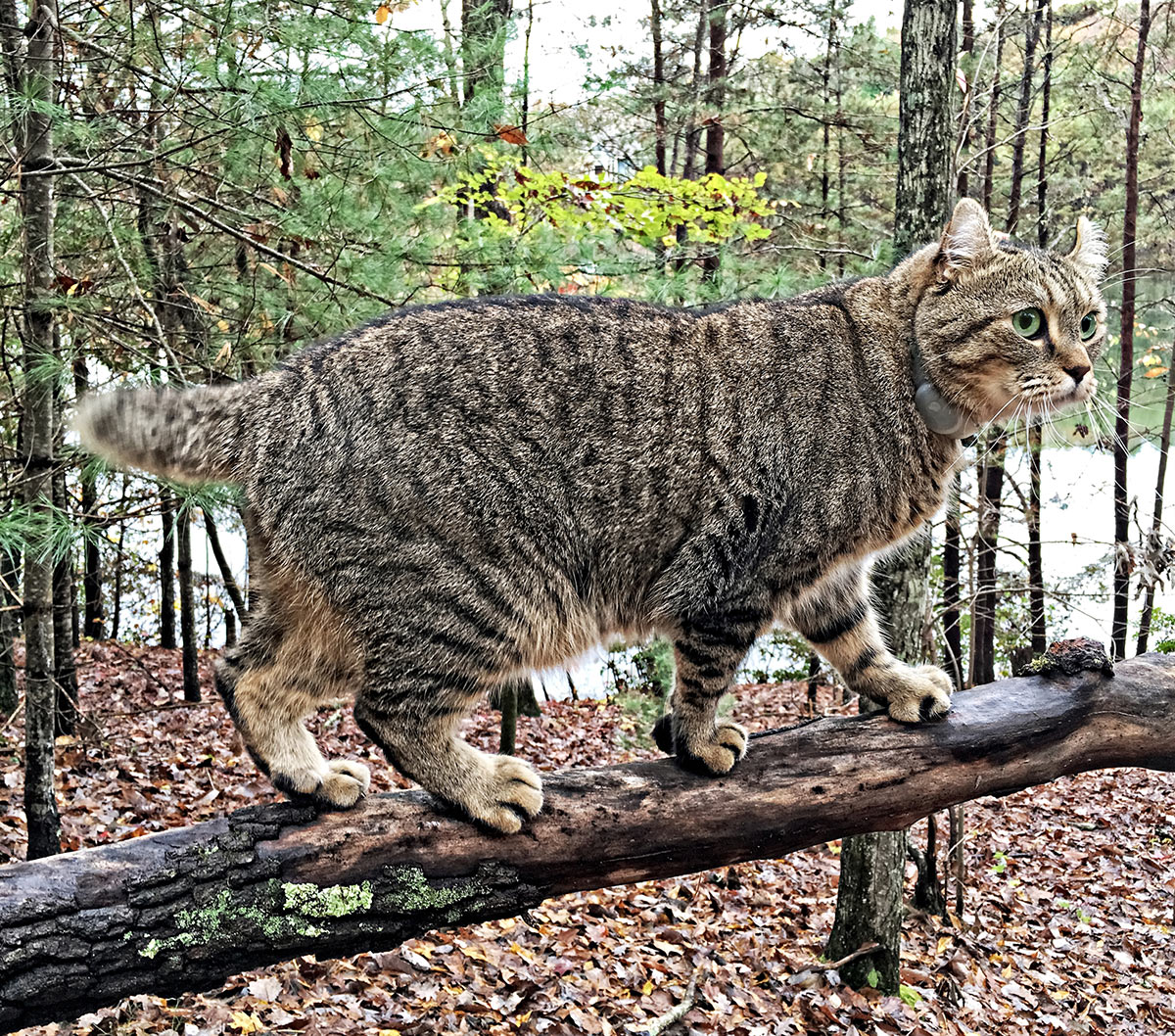
Market Trends and Consumer Preferences
The overall trend toward interest in unique and exotic cat breeds has positively influenced the demand for Highlanders. Consumers are increasingly looking for pets that offer a distinct and memorable experience, and the Highlander cat, with its distinctive features, aligns with these evolving preferences.
Impact on Highlander Cat Price
The combination of limited availability, exotic appeal, and growing demand has led to an increase in the Highlander cat price. Breeders may adjust their prices based on the perceived value of these distinctive felines in the current market.
Breaking Down the Costs of Owning a Highlander Cat
Owning a Highlander cat is not just an initial investment in purchasing the feline companion; it involves long-term commitments and ongoing expenses to ensure the cat’s health, well-being, and overall quality of life. Let’s break down the overall costs associated with owning a Highlander cat and discuss the long-term investment perspective.
Initial Purchase Price
The initial cost of acquiring a Highlander cat varies based on factors such as lineage, pedigree, and physical traits. Highlander cat price typically range from $800 to $3,000 or more. Choosing a reputable breeder is crucial to ensure the health and genetic integrity of the cat.
Spaying/Neutering
The cost of spaying or neutering your Highlander cat is an essential consideration. This one-time expense helps prevent unwanted behaviors, contributes to the cat’s overall health, and can range from $100 to $300, depending on location and veterinary fees.
High-Quality Cat Food
Providing a well-balanced and high-quality cat food is crucial for your Highlander’s health. Specialty or premium cat foods designed for breeds with specific needs may be more expensive. Monthly food expenses can range from $20 to $50, depending on the chosen brand and dietary requirements.
Grooming Supplies and Services
Highlander cats may require grooming, especially those with longer hair. Grooming supplies such as brushes, combs, and nail clippers, along with occasional professional grooming services, can cost approximately $50 to $100 per year.
Routine Veterinary Care
Aside from vaccinations, routine veterinary care includes dental check-ups, parasite prevention, and addressing any health concerns. Budgeting around $200 to $400 annually for routine veterinary care is advisable.
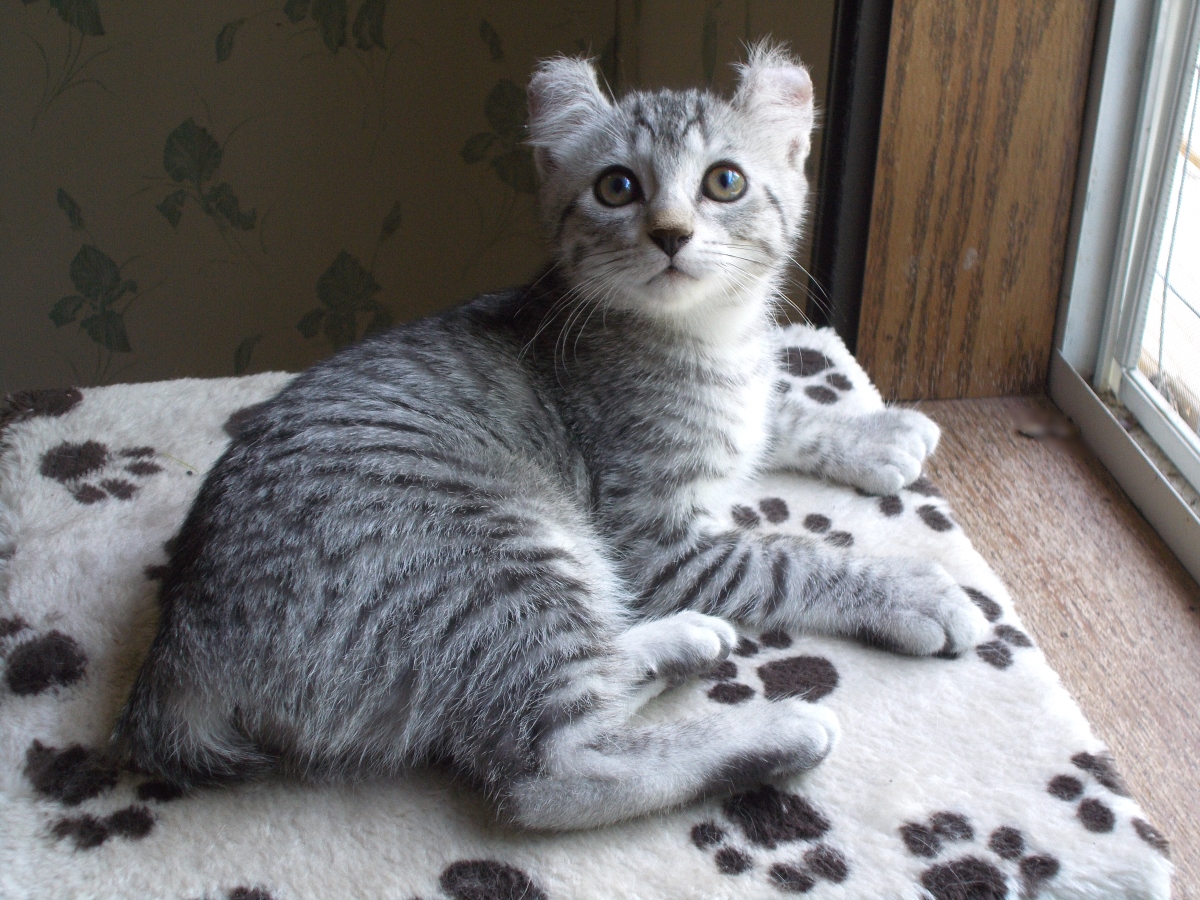
Long-Term Investment Perspective
Highlander cats have a lifespan of approximately 12 to 16 years or more. The long-term investment perspective involves a commitment to ongoing care, including potential medical expenses, as the cat ages. Regular veterinary check-ups become increasingly important, and unforeseen health issues may require additional financial considerations.
Final Thoughts
The Highlander cat price reflects more than just a financial transaction; it encompasses the investment in a unique and elegant companion with distinctive features and an exotic allure. When considering the Highlander cat price, it’s essential to recognize the various factors influencing pricing, including pedigree, physical traits, breeder reputation, and market dynamics.
While the initial purchase price is a significant consideration, prospective owners should approach the decision with a long-term perspective, acknowledging the ongoing expenses associated with responsible cat ownership. These include veterinary care, high-quality nutrition, grooming, and providing a stimulating environment for the Highlander cat’s well-being.
READ ALSO
- Minskin Cat for Sale: Find Your New Furry Friend Today
- Minskin Cat Price: A Comprehensive Guide to Understanding the Investment
- Russian White Cat With Complete Breed Information
- Raas Cats Breed
FAQs
Are Highlander cats rare?
The Highlander cat is a newer, somewhat rare cat breed. Their signature curled ears and short tails frame either end of their medium-to-large muscular frames.
Are Highlander cats good pets?
The Highlander cat may resemble their larger, powerful ancestors, but they are fun-loving and make great family pets. They're affectionate, friendly, and love to play. Many people compare Highlander cats to dogs because they'll follow you around the house and learn tricks.
How long do Highlander cats grow?
A Highlander cat weighs between 11 pounds and 15 pounds with males weighing up to 22 pounds. The Highlander has a long growth period. They reach their full size and weight at 3 years old.

